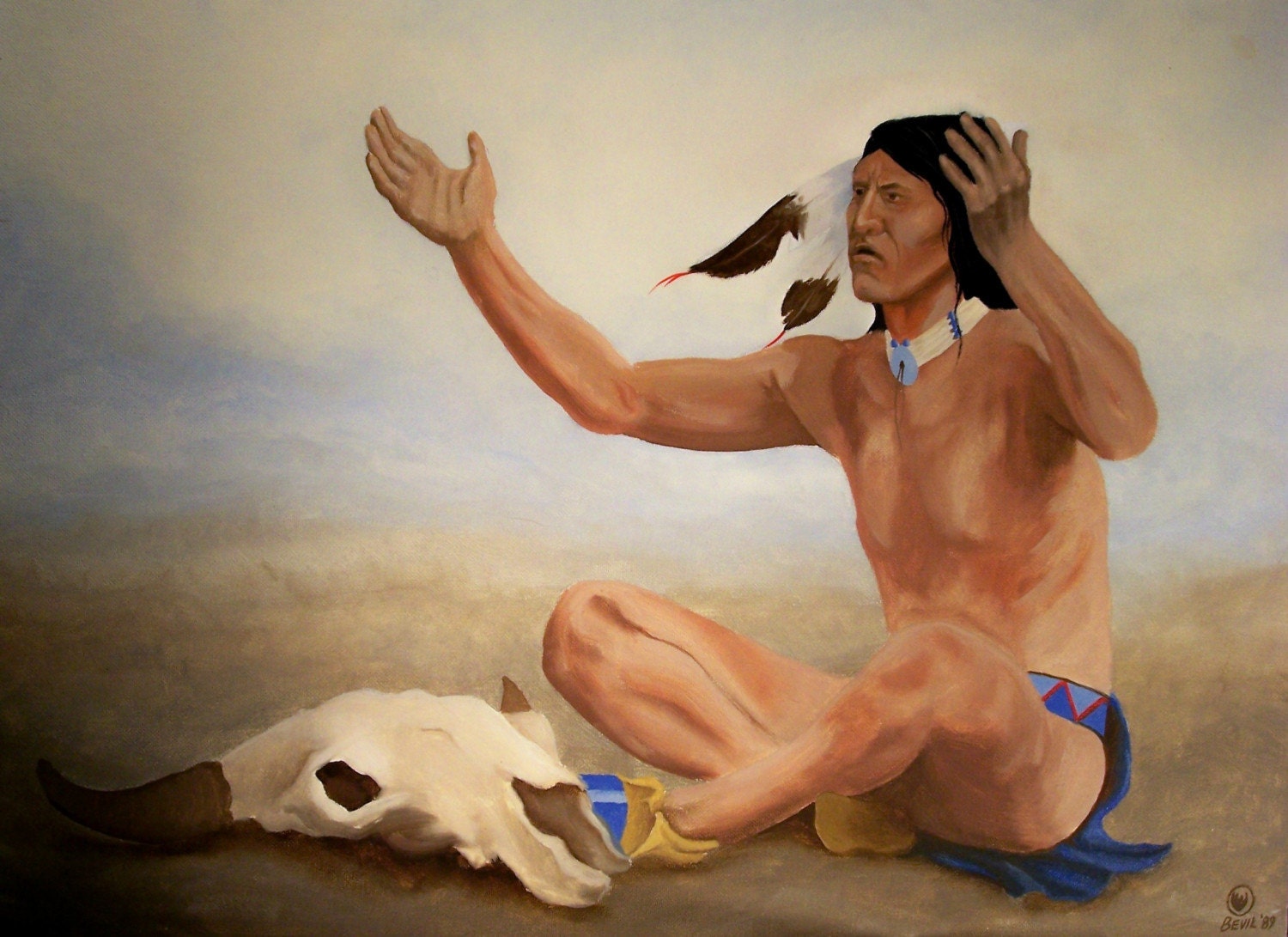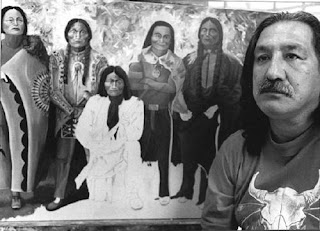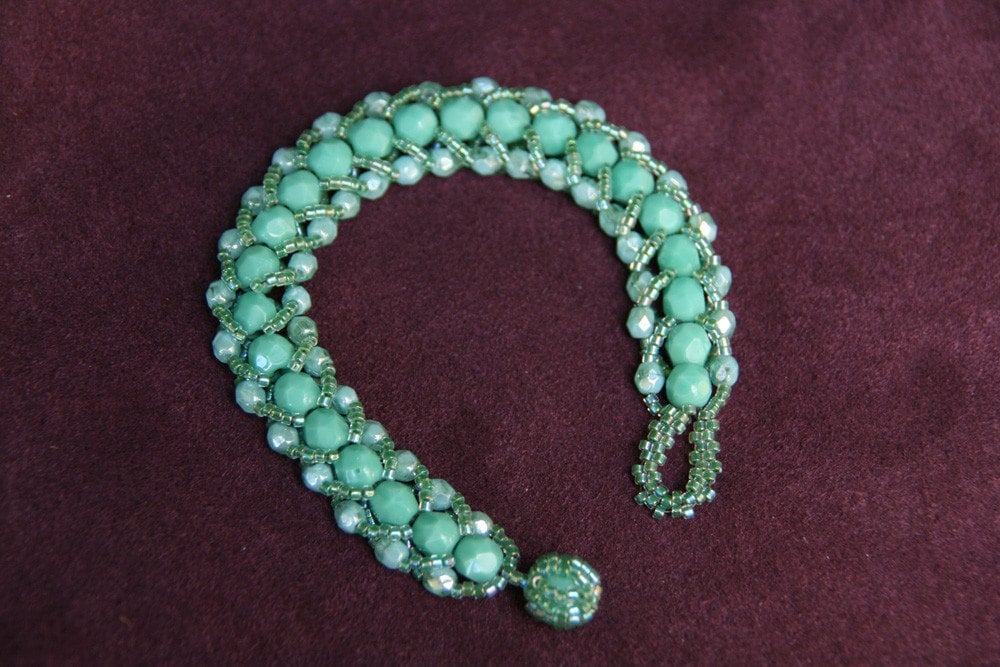
Illustration by Kicking Bear available for purchase at http://www.kickingbear.etsy.com/
National Native American Heritage Month for 2010 is growing to a close. The theme for this year’s celebration was “Honor Our Heritage, Respect Our Ancestors”. Once again, our government is demonstrating that our people, living or dead, should not stand in the way of “progress”.
I received this newspaper post via e-mail this morning and am absolutely out-raged!
Will it never stop? Can’t the bones of our ancestors be given a modicum of respect?
Wasn’t it bad enough to remove and re-bury them? Now they can’t even remember where they re-buried them? This is an outragious claim. How can one forget the place of their re-location?
Oh, I forgot…..they are just the bones and teeth of ancient Indians!
Our ancestors mean nothing. After all they took our land, destroyed our culture, demeaned our people while they were living…can we expect more respect for our dead?
Here is the article. You decide.
Tribes angry, Everglades projects halt after workers dig up major burial ground but don't tell
11/25/10
http://www.palmbeachpost/
com/news/state/tribes-angry-everglades-projects-halt-after-workers-dig-107393.html
In May 2008, archaeologists began the tedious task of exhuming the remains of Native Americans at a remote site south of Lake Okeechobee and reburying them at another remote site, to make way for a man-made wetland needed to restore the Everglades.
The Miccosukee and Seminole tribes signed off on the project after being told that the archaeologists would carefully and respectfully re-inter the miscellaneous collection of bones and teeth that had been found.
But the more the archaeologists dug, the more they found.
After nearly two years, the tribes learned that what they'd been told were some teeth and bones turned out to be partial remains of 56 men, women and children moved from an ancient burial ground so significant that it would have been eligible for listing on the National Registry of Historic Places.
The Seminoles are angry. They believe they should have been notified immediately when archeologists realized they were dealing with more than isolated bones and teeth. Now the Seminoles want all 901 bones and 245 teeth returned to their original resting place.
"We're not OK with relocating a burial ground," said Tina Osceola, the Seminole Tribe of Florida's Historic Resources Officer. "You're talking about too many individuals and that disturbs the balance between our ancestors and those who are walking today. We want them put back."
The controversy has created a nightmare for the South Florida Water Management District, the agency responsible for the Everglades Restoration.
Construction near the four burial sites has stopped, delaying the vital project at a time when two angry federal judges are demanding the district speed up the cleanup.
Archeologists hired by the district to move the remains have said they may not be able to return them to their original burial sites because they don't know exactly where they reburied them. Even if they can be located, many of the remains could be damaged if moved again.
Returning the remains would mean engineers would have to redraft Everglades restoration plans, to avoid the burial sites or build structures such as berms, to protect the sites from flooding. That means permits must be modified or new permits issued, a process that can take months.
The controversy has further strained relations and eroded trust between the tribe and the agencies involved in restoring the Everglades. The timing could not be worse for the district, as more construction projects are starting in remote areas where more remains and artifacts likely will be discovered and the tribe's cooperation will be needed.
"As far as our confidence level is concerned, I can't say it's been shaken," Osceola said. "I can't say as a tribe we had any confidence in the government to begin with."
The Miccosukee Tribe, which raised the most concern when the project began, has said little about the controversy. The Miccosukee Tribe's lawyer did not return a call for comment.
For now the Seminoles are more concerned with the fate of the remains than assessing blame. They want the remains returned and they want their rules followed:
Flat shovels must be used to scrape the soil until the white sand covering each burial site is exposed. Then, a hand-trowel must be used. To ensure the remains are not mixed, only one burial site at a time can be worked on. The bones should be reburied within two days and the orientation must match the original position. For example, some of the bodies were lying face up,others face down and some on their sides. Most were buried with the head facing east.
"To native people, culture is our religion and spirituality," Osceola said. We have tribal members who are angry, scared and very deeply, deeply concerned with this issue. So much so that during every tribal meeting I am asked to give an update on this."
As for blame, there may be none, at least legally. Janus Research, the archeological firm hired by the district, has complied with the permit it obtained in May 2008 to move the remains. The three agencies involved - the district, Army Corps of Engineers and State Historic Preservation Officers -have said they followed the conditions set forth in a memorandum of agreement signed in December 2008.
During the excavation, weekly conference calls were held between the three agencies and the archeologists about what they had found and the status of the reburials. The tribes were not included, according to notes from the district.
However, in January the archeologists asked for guidance: There were so many remains found at one of the sites that they were faced with the ethical dilemma of whether to preserve the site or continue with removing and reburying the remains.
The agencies notified the tribes about the concerns. Tempers flared. In May, tribal representatives walked out of a meeting with the district, corps and State Division of Historic Resources when discussions focused on what happened and not what will happen, Osceola said.
"Let's come up with solutions and then deal with the blame later," Osceola said. "Until the parties were willing to talk about a solution, we weren't going to come to the table. They are playing by our rules now."
Earlier this week, the tribe escorted officials from the district and corps on a tour of the sites, hoping to educate them about the tribe's traditions and the significance of the remains. The tribe insists the remains be returned and new permits and rules be put in place to ensure that the tribe is contacted throughout the process.
Despite the tribe's demands, it does not have the legal right or final word on what will happen, in the corps' view.
"We're doing everything we can to work with the Seminole Tribe and we take our relationship with the nation very seriously," said Tori White, chief of the corps' regulatory division in Palm Beach Gardens, which is handling the project. "At the end of the day, it's the corps' decision."
Would you be willing to place a bet on what that decision will be? Tori White, have you no shame?
























.JPG)
































